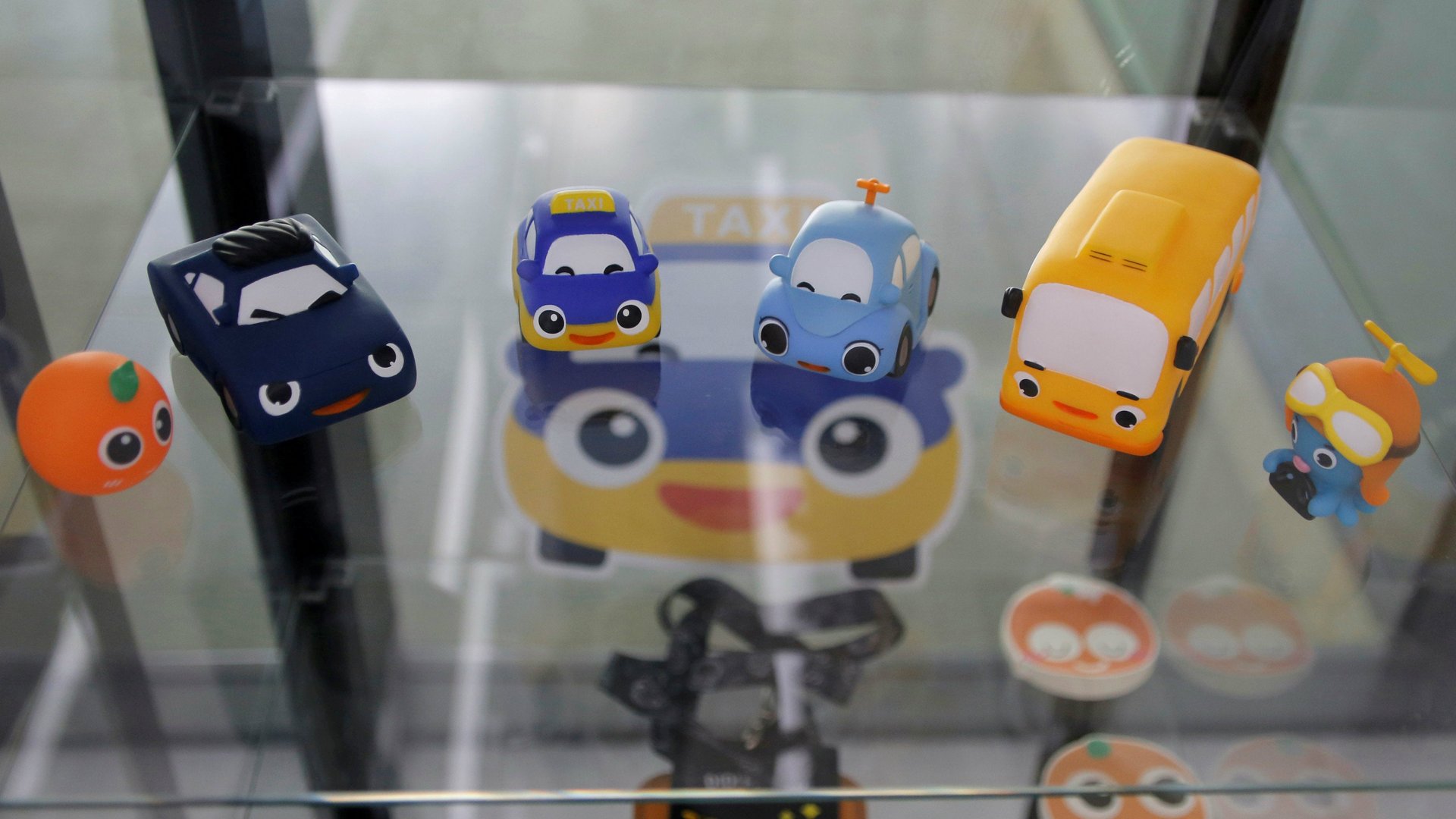Cars designed for ride-hailing will be either super swanky or really uncomfortable
Most cars today are designed for personal ownership. Increasingly, though, they’ll be designed for ride-hailing and car-sharing services, which are growing in popularity. That will affect what the vehicles we see on the road look like.


Most cars today are designed for personal ownership. Increasingly, though, they’ll be designed for ride-hailing and car-sharing services, which are growing in popularity. That will affect what the vehicles we see on the road look like.
On this front, Beijing-based Didi Chuxing, which defeated Uber in China before going global, looks to be leading the way.
In an April 24 event, the company announced it is partnering with over 30 automotive companies—including BYD, Toyota, and Volkswagen Group China—to develop “vehicle models for shared mobility sectors” through what it calls the D-Alliance. Didi currently offers ride-hailing through its app, and a car-sharing service its testing in Hangzhou will eventually go nationwide in China.
It’s being tight-lipped on specifics, but Didi and these partners will jointly design vehicles ”purpose-built” for sharing via Didi’s app. The company told Quartz its discussions on design and conceptualization are “still at an exploratory stage.”
Olaf Sakkers, an investor in automotive tech companies at Maniv Mobility, speculated that cars built specifically for ride-hailing might be split into different tiers, not unlike how there’s a first class and economy class on airplanes. Upscale services such as Didi’s zhuanche tier, which lets passengers ride in high-end cars with trained drivers, might use cars in which the front passenger seat has been replaced with a table, or the back seats recline and feature controls for speakers, air-conditioning, and other things.
For cheaper services, cars might be slimmer and include only a driver and passenger seat. “You might have something built for a repeated-use case. Seats might be like those for train—they’re less comfortable but more durable,” said Sakkers.
According to people close to the company, Didi considers ordinary cars to be “overspecced” for normal trips, featuring more passenger space, engine power, and other features than are required.
Didi is also entering China’s food-delivery business, which typically involves drivers using ordinary motorcycles. With Didi’s influence, drivers could soon be using bikes built specifically for transporting meals.
Still, the company insists it won’t become a carmaker. “Didi is not determined to build a car, and Didi is not seeking to become the largest car operator in the future,” CEO Cheng Wei said at the event (link in Chinese).
Didi vice president Jesse Yang told attendees the company will work with its partners to determine, say, how big the boot or passenger seat will be, but that exteriors will resemble those seen in the manufacturers’ other vehicles, the Financial Times reported (paywall).
Either way, Didi, thanks to its global reach, is uniquely positioned to create a new standard for what shared vehicles look like.